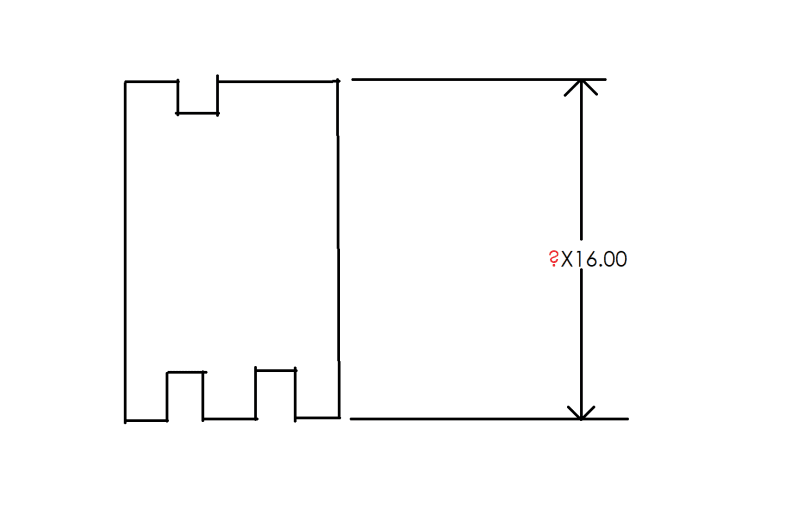G_Apache
Mechanical
- Jul 7, 2022
- 6
I'm looking to see what the proper way to quantify multiple features is.

In a situation like this where there are 2 surfaces for one datum and 3 surfaces for another, how do you express that the 2 surfaces are, say, 16mm away from the 3 surfaces? Should the quantity be dropped, be 2X, or be 3X?

In a situation like this where there are 2 surfaces for one datum and 3 surfaces for another, how do you express that the 2 surfaces are, say, 16mm away from the 3 surfaces? Should the quantity be dropped, be 2X, or be 3X?
